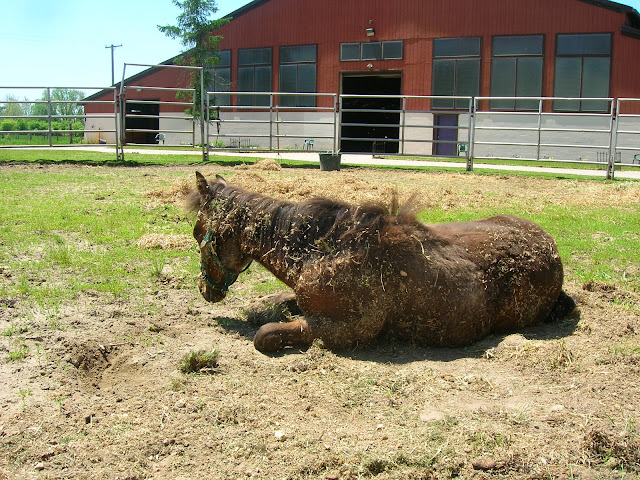 |
| Figaro a Lusitano Stallion by Sarah Tregay. |
 |
| Figaro |
Number Eight is Figaro, a grulla Lusitano stallion. I tried out some new art supplies with him.
First I put down a basecoat of Rust-Oleum 2x paint plus primer that I had used before (
https://customminimodelhorses.blogspot.com/2018/06/rust-oleum-painters-touch-paint-primer.html). Next I got out my new Pan pastel color Raw Umber 780.5, which reminds me of the color of a horse that has rolled in the mud and it has dried.
But... I was able to get a grulla tone with this, not just mud.
 |
| Pan pastel 780.5 Raw Umber and Fossil Paint + Primer worked well together. |
The next new item was a cheap craft paint that I bought to save time in mixing up a chocolaty brown for eye color. It wasn't successful because there was very little pigment in the paint, even after stirring it. I purchased it to save time, not to waste time with many layers.
 |
| Craft paint that didn't work for me because it was too transparent. |
 |
| Brown paint didn't cover the white paint underneath. |
 |
| This craft paint worked well for Figaro's small snip. |









Comments
Post a Comment